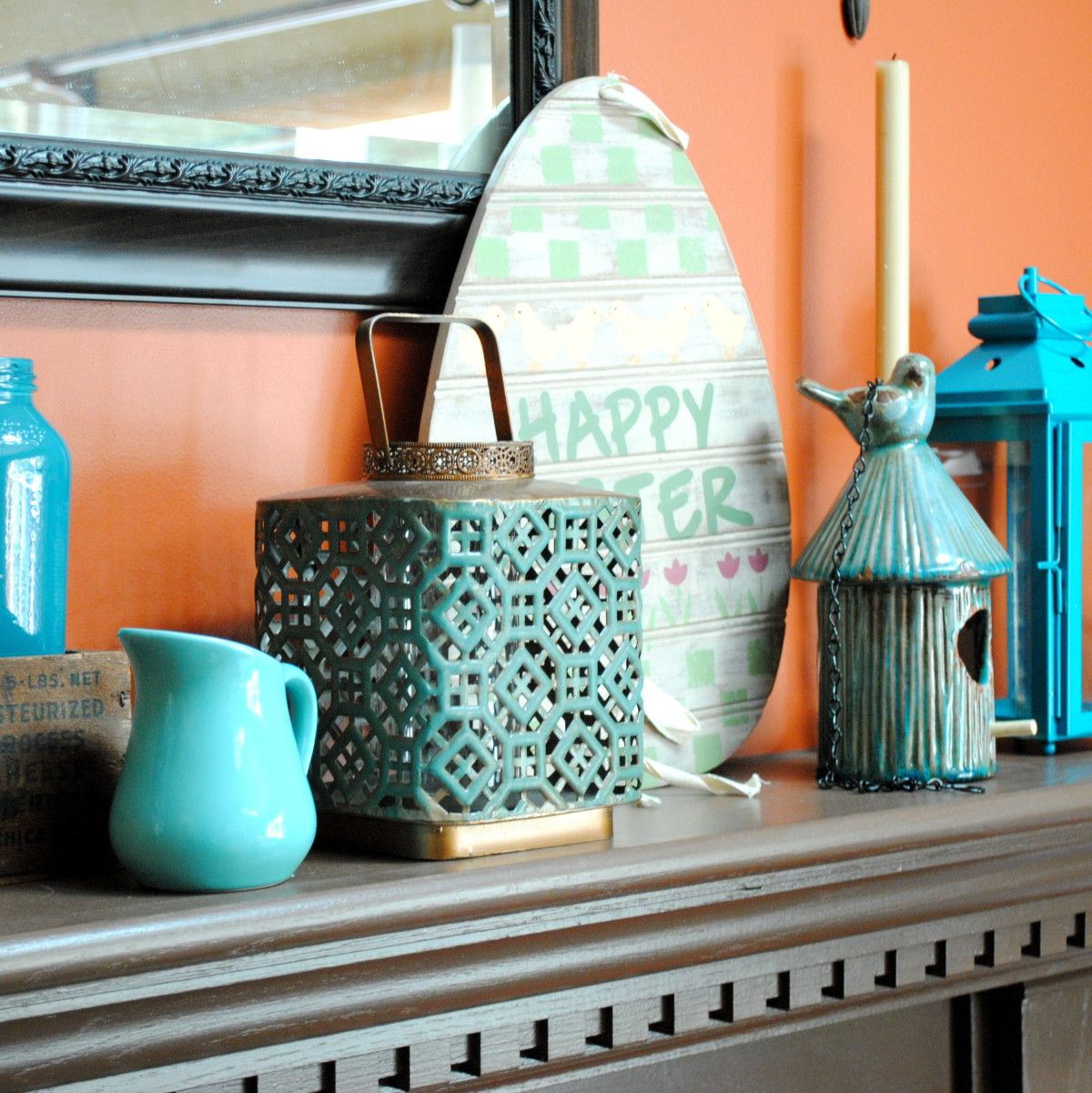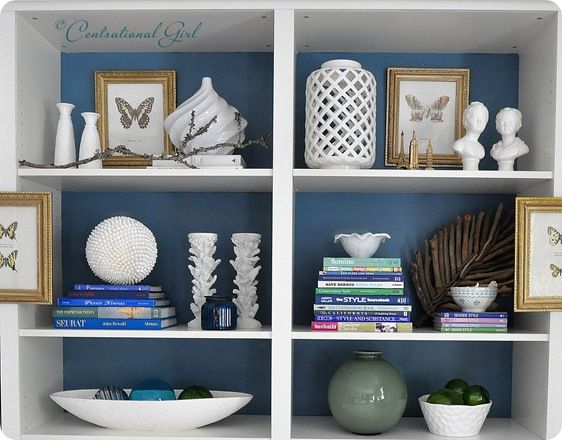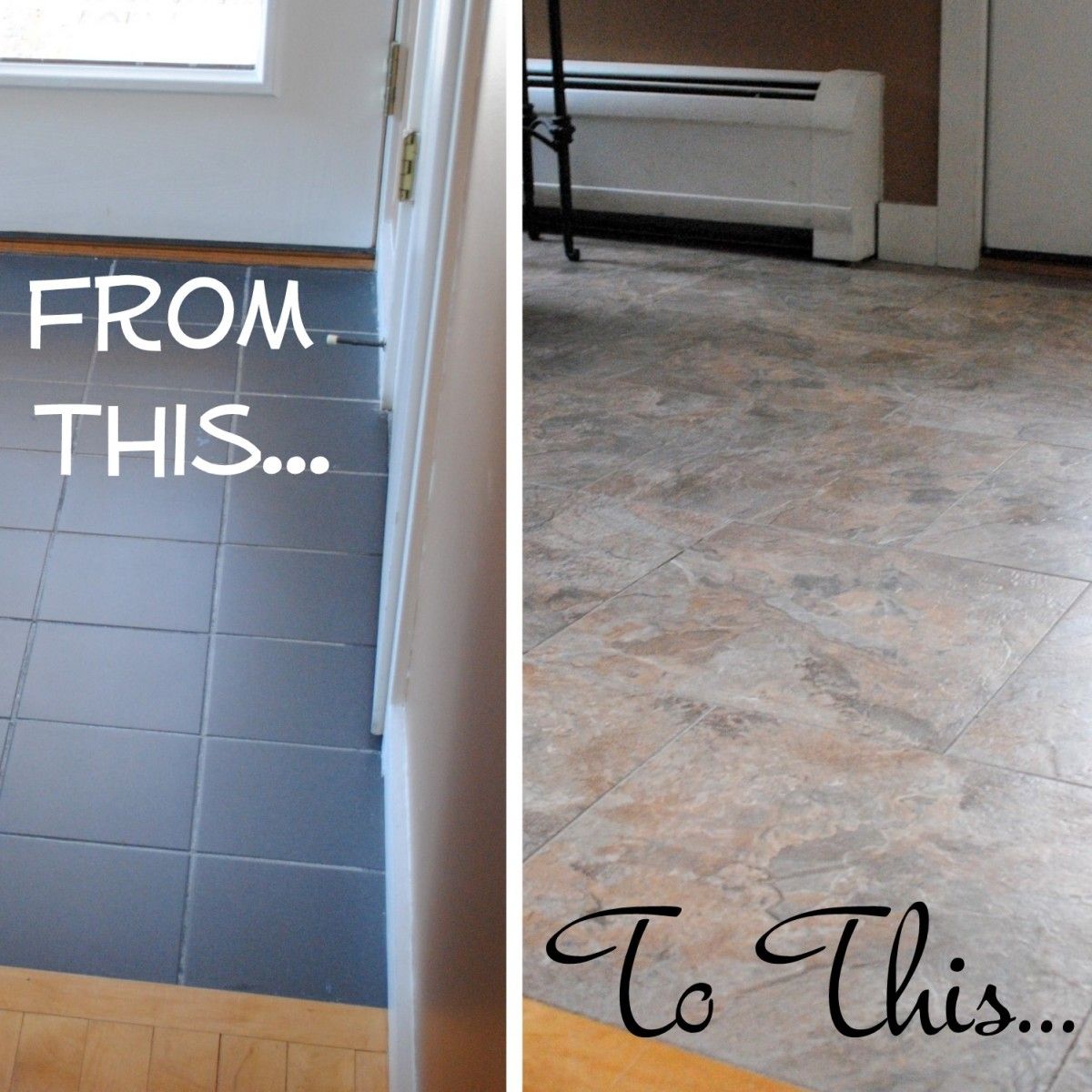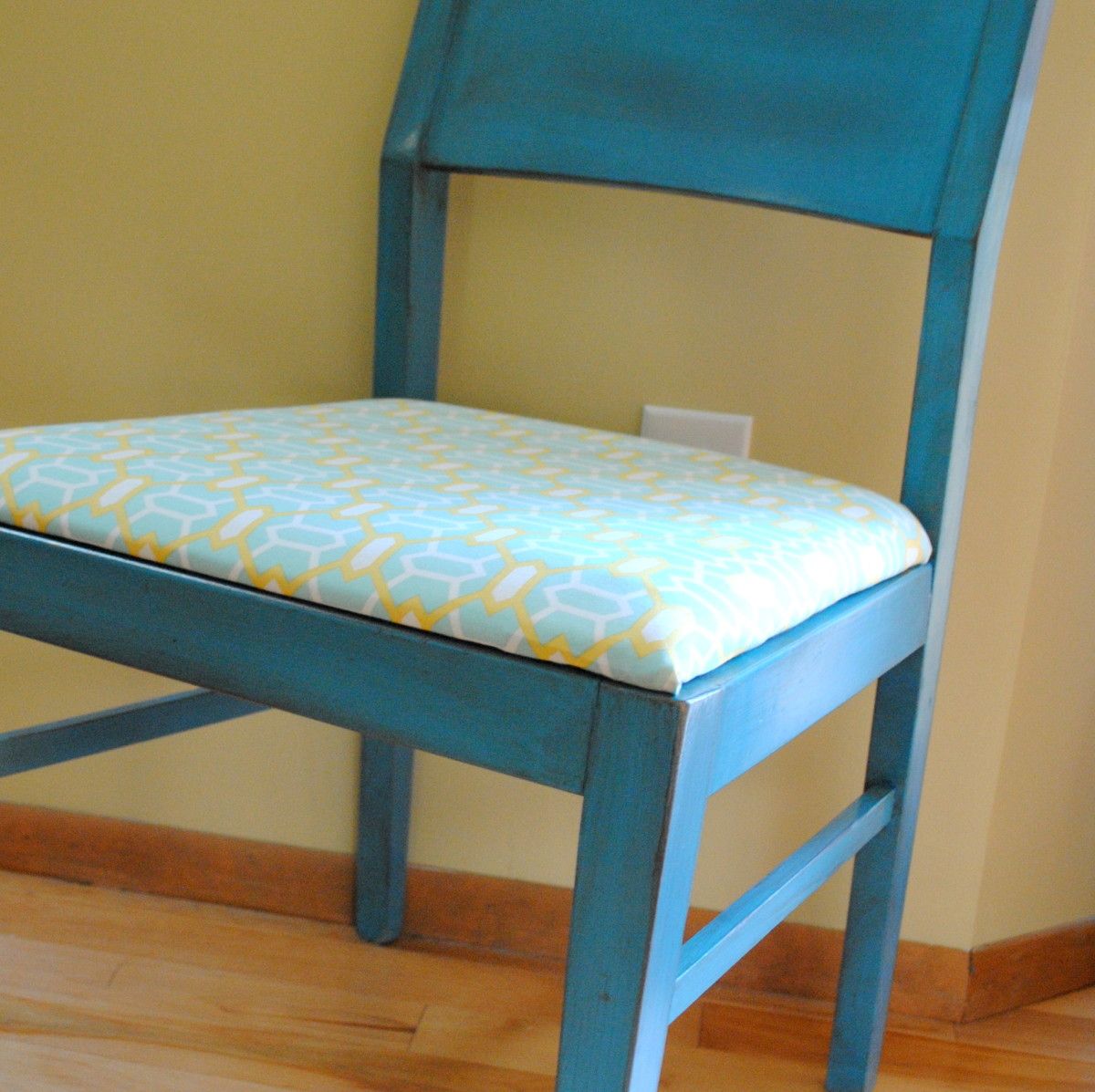Did you know that you can grout peel-and-stick vinyl tiles to look JUST LIKE ceramic tile?
You CAN and here’s how…

One of the presents for my parents for Christmas was to install a new floor in their foyer. I know a little strange for a present, but it’s what they wanted and needed, so I delivered. They had looked into having this 40 square foot space retiled using ceramic, but with estimates by professionals for over $1000, it wasn’t how they wanted to spend their money. In doing some research and hunting around for floor options for my own foyer (which I intend to redo soon), I found some really nice looking vinyl tile (yes the “peel and stick” kind) that you can actually grout to achieve a VERY similar look to ceramic tile, but at a fraction of the cost.

Duration of Project: 4 hours for a 40 square foot space
Project Difficulty: Easy to Medium – It wasn’t a difficult project and you really don’t need to have prior skills, but it is tiring being on your knees for an extensive period of time.
How Many People Needed: 1 – I completed this project by myself, but a helper on any project is better.
The “before” tile in their mudroom was a 6 x 6 black ceramic. The condition of the existing floor was very good, so I did not feel that there was a need to remove it and instead installed the new vinyl tile directly on top. (If your floor is uneven, I would recommend removing it and starting with a new subfloor.)

After a good cleaning (by my mom – I can’t take the credit on this one), I was ready to get started.
I first began by doing a dry lay of how the floor would look. With the two layout possibilities – straight or brick – we decided on a brick layout, which looked best in the space.

In the past, when reading instructions on how-to-lay-tile, the rule of thumb was to start in the center of the room – well I disagree. I think it really depends on the space and your desired layout. Yes, it may be good to start in the center of a room if the space is square or rectangular, but many spaces aren’t. I think it’s best to lay out the tile how you feel it will be best suited for the space. For this foyer, I decided to start in the corner, where the tile and wood meet, so you would see a full tile (not cut) at the transition.

Laying the Vinyl Tile
1. Start by peeling off part of the backing from the tile.
2. Lay it on the floor in the designated spot.
3. Once the edge is in place and stuck down on the surface, peel off the remainder of the paper backing.
4. Using spacers (I used 1/8″ spacers), start installing your next vinyl floor tile.
5. Unlike ceramic tile, it’s important that the peel-and-stick vinyl adheres to the surface below, so either walk on it ALOT or use a floor roller (a rolling pin could work too). Like my socks??
There is going to come a point where you’ll need to make some cuts to fit the vinyl flooring. Unlike the dreaded cuts with ceramic tile, cutting groutable vinyl tiles is fairly easy.

Cutting Vinyl Flooring
1. Using a pencil and ruler, determine where your cut is going to be and draw a line.
2. Then score the vinyl tile 2-3 times with a sharp construction blade or sheetrock knife (YOU DO NOT NEED TO PENETRATE THROUGH THE TILE – Keep Reading)

3. After scoring the vinyl tile, it should snap with ease and your straight cut piece will be read to lay.
Once the floor is complete, you are ready to grout IMMEDIATELY! This is one of the best parts about using groutable vinyl tile!


One more step before grouting…
4. As not to ruin the baseboard or the wall with grout, tape it off using painters tape. After the grout has been applied to the floor, you will peel it off BEFORE IT DRIES.

Now it’s time to GROUT!
How to Grout Vinyl Tile
Is grouting vinyl tile different than grouting ceramic tile? NOPE, it’s exactly the same, except you should use grout made for vinyl tile. I used pre-mixed grout made by Precision Components which I found in Home Depot in the same section as the groutable vinyl tiles. This premixed sanded acrylic grout has “good flexural strength and adhesion” and is recommended to use over traditional cement grouts. *THIS IS VERY IMPORTANT*

5. Working in small sections, you can either use my ziploc technique, used for my backsplash tile project and my fireplace tile project, or…
 … you can use the traditional tile float.
… you can use the traditional tile float.

Either way will work. Whichever method you choose, you will apply the grout, then using a tile sponge (one side has a sponge, the other side is abrasive), wipe the grout and haze away. You will need to continue wiping the haze away a few more times over the following 24 hours.

Always start in the corner of the space, so you can work your way out of the room. And always work in small sections at a time.

And then you’re groutable vinyl tile surface is complete! Just as with ceramic tile, don’t walk on the surface for at least 24 hours so the grout has enough time to dry.

Here is a closeup…

What a difference. Take another look at the before and after…

I thought it would be helpful to share some Pros and Cons to groutable vinyl tile, and how it compares to ceramic tile. And please feel free to email me with any questions.
Groutable Vinyl Tile PROS and CONS
Affordable – This 40 sq. ft. space was fairly inexpensive. The tiles which I purchased from Lowe’s were $1.08 and the premixed grout (which I only used half of) cost $7. The total cost of the entire project was about $65. Ceramic tile is available in a range of prices, but usually starts at $2 per sq. ft. , so the savings right there is 50%.
No Experience Required – Yes, I have tiled before, but I do not feel that this project was difficult at all. I think a person with little experience can complete this project with ease. Measuring and cutting is really the most difficult part of the project, so take your time and measure correctly! Installing ceramic tile is not difficult, but it is tricky and experience is helpful. Cutting ceramic tile can often be difficult and time consuming. For prior ceramic tile projects, I’ve used tile snips, a tile cutter, and a wet saw. A wet saw is the best for cutting ceramic tile, but it’s not easy – I’ve made alot of mistakes. In my estimation, ceramic tile would take about double the time for installation compared to installing groutable vinyl tile.
Grout Right Away – Immediately after you install the groutable vinyl tiles, you can start the grouting process. This makes the entire process possible to complete in one day. With ceramic tile, after you finish laying it, you have to let the adhesive dry for 24 hours before grouting, which results in a 2 day project, so essential ceramic tile takes double the time.
Availibility and Selection – I purchased this groutable vinyl tile at Lowe’s, but other home improvement stores also offer similar products. The selection is not as vast as ceramic tile (which is a con), but I was surprised by the wide range of colors and textures. When I was at the store making my purchase, I was told by a sales rep that any peel-and-stick vinyl tile is groutable, except for the styles that have the faux grout look around the edge. I don’t know if this is true or not, but it’s what I was told.
Since groutable vinyl tile takes no experience, is half the cost, and takes half the time, what will use for your next tile project?
Thankfully my parents are very pleased! Now I can’t wait to get started on my foyer floor, except it’s about 4x the size and will take alot more time and manpower. If you want to take a look at the layout, you can see and read about it {here}.
What DIY projects do you have planned for 2012?
I link my projects to some of these parties: Skip to My Lou, Dittle Dattle, Between Naps on the Porch, Today’s Creative Blog, Stories of A to Z, All Things Heart & Home, Savvy Southern Style, House of Hepworths, Finding Fabulous, Creation Corner, The Shabby Nest, Tatertots and Jello, Thrifty Decor Chick, Under the Table & Dreaming
 One of my favorite upcycling things-to-do is paint old, used glass jars – tomato sauce jars, apple sauce jars, jelly jars, any jar will do! It’s so easy and unexpected. In the Blue Label wood box stand two sauce jars that I added a little color to (it’s actually the leftover paint from my kids bathroom cabinet). My mantels are always about layering, so in front of the wood box is a cute little turquoise pitcher and to the right is a lantern, both of which I purchased at Homegoods.
One of my favorite upcycling things-to-do is paint old, used glass jars – tomato sauce jars, apple sauce jars, jelly jars, any jar will do! It’s so easy and unexpected. In the Blue Label wood box stand two sauce jars that I added a little color to (it’s actually the leftover paint from my kids bathroom cabinet). My mantels are always about layering, so in front of the wood box is a cute little turquoise pitcher and to the right is a lantern, both of which I purchased at Homegoods. I think this is my favorite mantel design yet! What do you think?
I think this is my favorite mantel design yet! What do you think?





































































